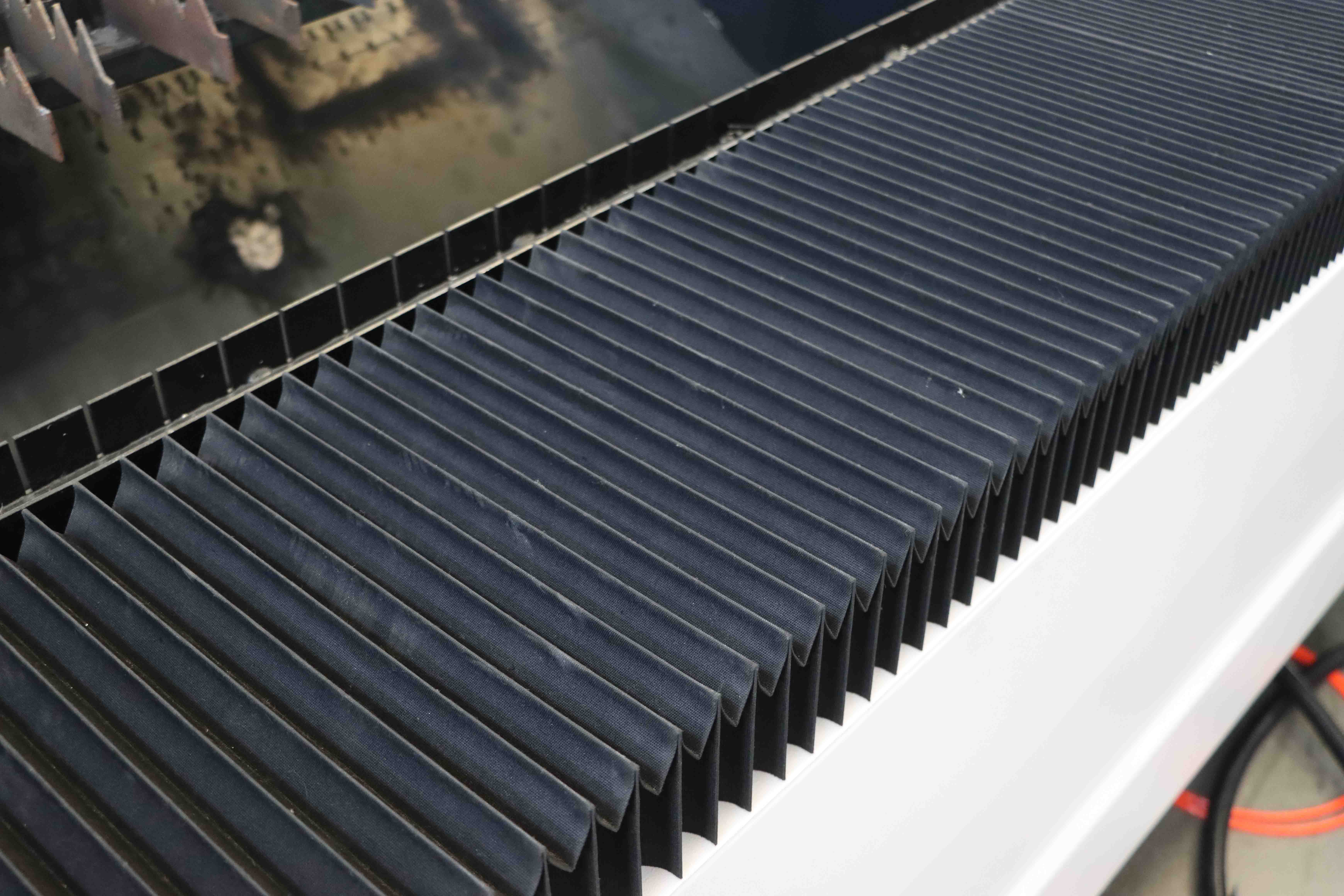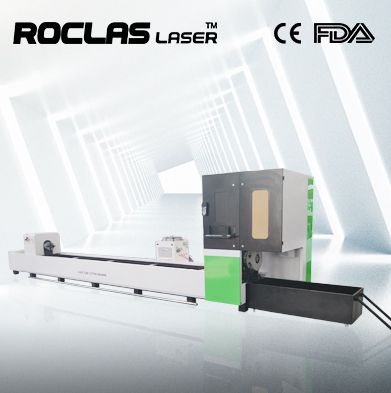Johdanto
In the realm of laser cutting and engraving, two technologies have dominated the industry fibre lasers and CO2 lasers. Both have their unique advantages and are suited for different applications. This article aims to provide a comprehensive comparison between fibre lasers and CO2 lasers, exploring their mechanisms, advantages, disadvantages, and ideal use cases to help manufacturers make informed decisions.

Understanding the Basics
Fibre Lasers
Fibre lasers use a solid-state laser source where the active gain medium is an optical fibre doped with rare-earth elements such as erbium, ytterbium, neodymium, or others. The laser beam is generated within the fibre and then delivered to the workpiece through a flexible fibre optic cable. This technology is known for its high efficiency, precision, and ability to cut reflective materials.

CO2 Lasers
CO2 lasers, on the other hand, use a gas mixture (primarily carbon dioxide) as the active medium. The laser beam is generated by exciting the gas molecules with an electrical discharge. The beam is then directed through a series of mirrors and lenses to the workpiece. CO2 lasers are renowned for their ability to cut non-metallic materials and thicker metals with high precision.
Mechanism and Operation
Fibre Lasers
The operation of a fibre laser involves the following steps
1. Pumping The fibre is pumped with a high-power diode laser, which excites the rare-earth ions within the fibre.
2. Amplification The excited ions emit photons, which are amplified as they travel through the fibre.
3. Beam Delivery The amplified laser beam is delivered to the workpiece through a fibre optic cable, ensuring minimal energy loss and high beam quality.
CO2 Lasers
The operation of a CO2 laser involves
1. Gas Excitation The CO2 gas mixture is excited by an electrical discharge, causing the gas molecules to emit photons.
2. Resonance The photons bounce between mirrors at either end of the laser cavity, amplifying the beam.
3. Beam Delivery The amplified beam is directed through a series of mirrors and lenses to the workpiece, allowing for precise cutting and engraving.
Advantages and Disadvantages
Fibre Lasers
Advantages
1. High Efficiency Fibre lasers have a higher electrical-to-optical efficiency compared to CO2 lasers, resulting in lower operating costs.
2. Precision The high beam quality of fibre lasers allows for precise cutting and engraving, especially on thin materials.
3. Reflective Materials Fibre lasers can cut reflective materials such as copper and brass without the risk of back-reflection damaging the laser.
4. Maintenance Fibre lasers have fewer moving parts and require less maintenance compared to CO2 lasers.
Disadvantages
1. Material Thickness Fibre lasers are less effective on thicker materials, especially non-metallic ones.
2. Initial Cost The initial investment for a fibre laser system can be higher than that of a CO2 laser.
CO2 Lasers
Advantages
1. Versatility CO2 lasers can cut a wide range of materials, including non-metallic materials like wood, acrylic, and glass.
2. Thick Materials CO2 lasers are more effective on thicker materials, both metallic and non-metallic.
3. Surface Quality CO2 lasers provide a smoother cut edge on certain materials, reducing the need for post-processing.
Disadvantages
1. Efficiency CO2 lasers have lower electrical-to-optical efficiency, leading to higher operating costs.
2. Maintenance CO2 lasers have more moving parts and require regular maintenance, including gas refills and mirror alignment.
3. Reflective Materials CO2 lasers are not suitable for cutting highly reflective materials due to the risk of back-reflection damaging the laser.
Sovellukset
Fibre Lasers
Fibre lasers are ideal for applications requiring high precision and efficiency, such as
1. Metal Cutting Thin to medium-thickness metals, including stainless steel, aluminum, and copper.
2. Engraving High-precision engraving on metals and some plastics.
3. Marking Permanent marking on metals, ceramics, and some plastics.
CO2 Lasers
CO2 lasers are suited for a broader range of materials and applications, including
1. Non-Metal Cutting Wood, acrylic, glass, textiles, and other non-metallic materials.
2. Thick Metal Cutting Thicker metals where fibre lasers may struggle.
3. Engraving Engraving on a variety of materials, including wood, glass, and plastics.
4. Medical Applications Precision cutting in medical device manufacturing.
Cost Considerations
Initial Investment
Fibre lasers generally have a higher initial cost due to the advanced technology and materials used. However, the higher efficiency and lower maintenance costs can offset this over time.
Operating Costs
CO2 lasers have higher operating costs due to lower efficiency and the need for regular maintenance, including gas refills and mirror alignment. Fibre lasers, with their higher efficiency and lower maintenance requirements, offer lower operating costs in the long run.
Maintenance
Fibre lasers require less maintenance, with fewer moving parts and no need for gas refills. CO2 lasers, with their complex optical systems and gas requirements, need more frequent maintenance, which can add to the overall cost.
Future Trends
Fibre Lasers
The future of fibre lasers looks promising, with ongoing advancements in beam quality, power output, and efficiency. The ability to cut reflective materials and the lower operating costs make fibre lasers increasingly attractive for a wide range of applications.
CO2 Lasers
While CO2 lasers remain a staple in many industries, the trend is shifting towards fibre lasers, especially for metal cutting. However, CO2 lasers will continue to be relevant for applications involving non-metallic materials and thicker metals.
Päätelmä
Both fibre lasers and CO2 lasers have their unique strengths and are suited for different applications. Fibre lasers offer higher efficiency, precision, and lower operating costs, making them ideal for metal cutting and engraving. CO2 lasers, with their versatility and ability to cut a wide range of materials, remain a valuable tool in many industries.
Manufacturers should consider their specific needs, material types, and budget when choosing between fibre and CO2 lasers. As technology continues to evolve, the gap between these two laser types may narrow, but for now, each has its place in modern manufacturing.
Edellinen:" Ultimate Guide to Laser Cut Metal Signs Tarkkuus, kestävyys ja räätälöinti"
Seuraava:Ei
Riippumatta siitä, tarvitsetko yleistä neuvontaa tai erityistä tukea, autamme mielellämme.